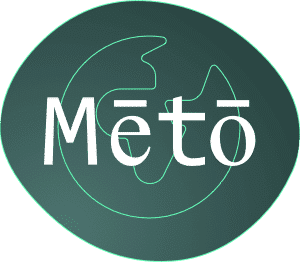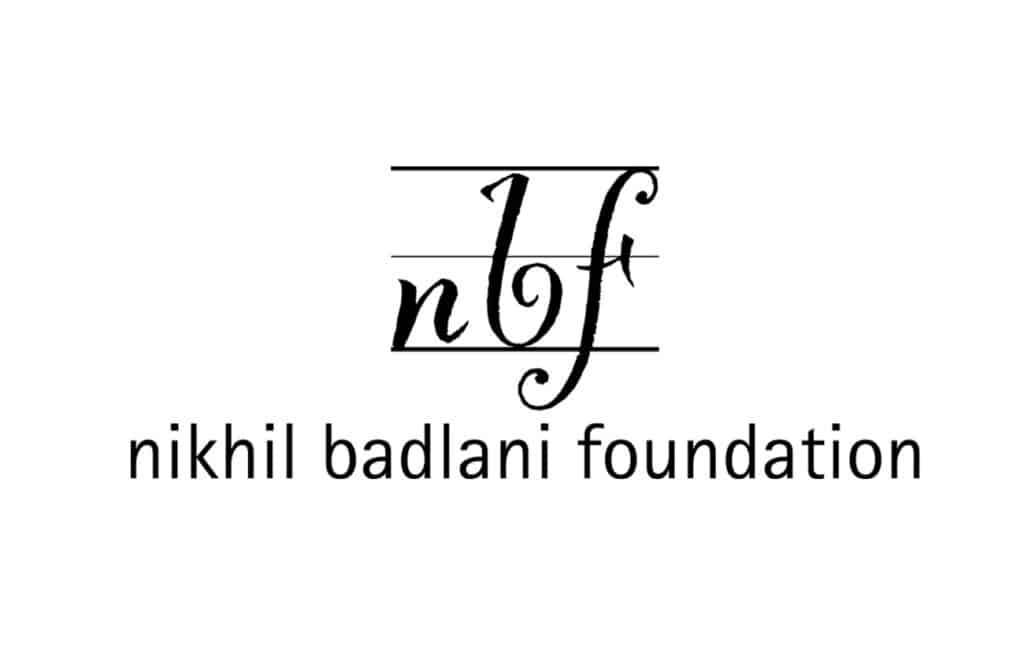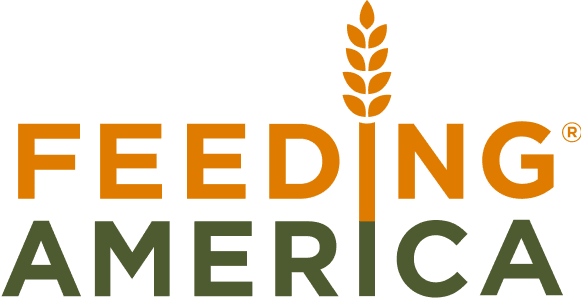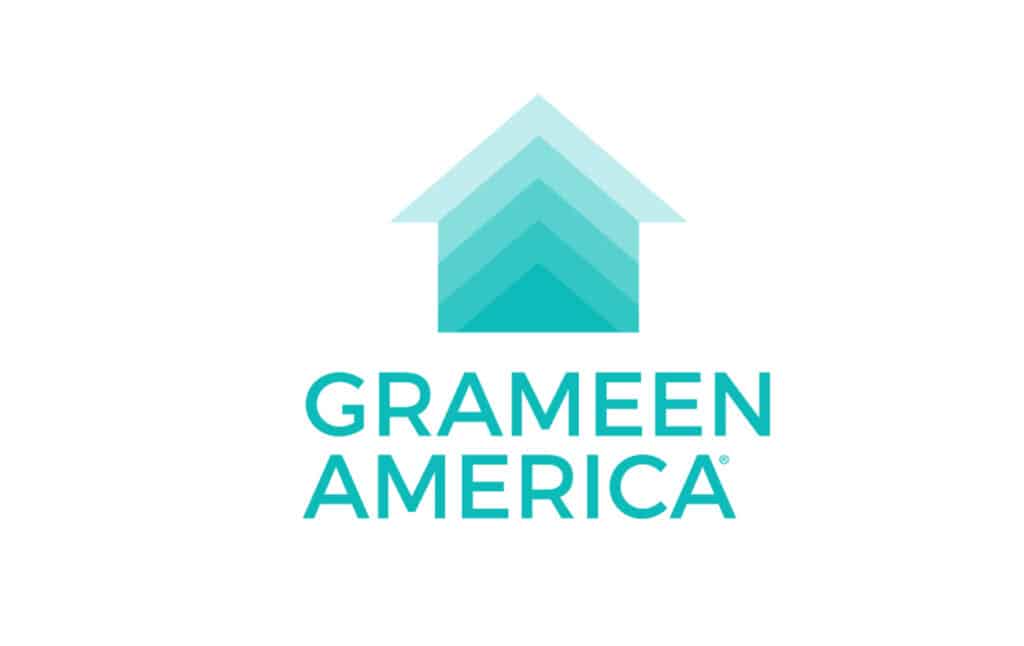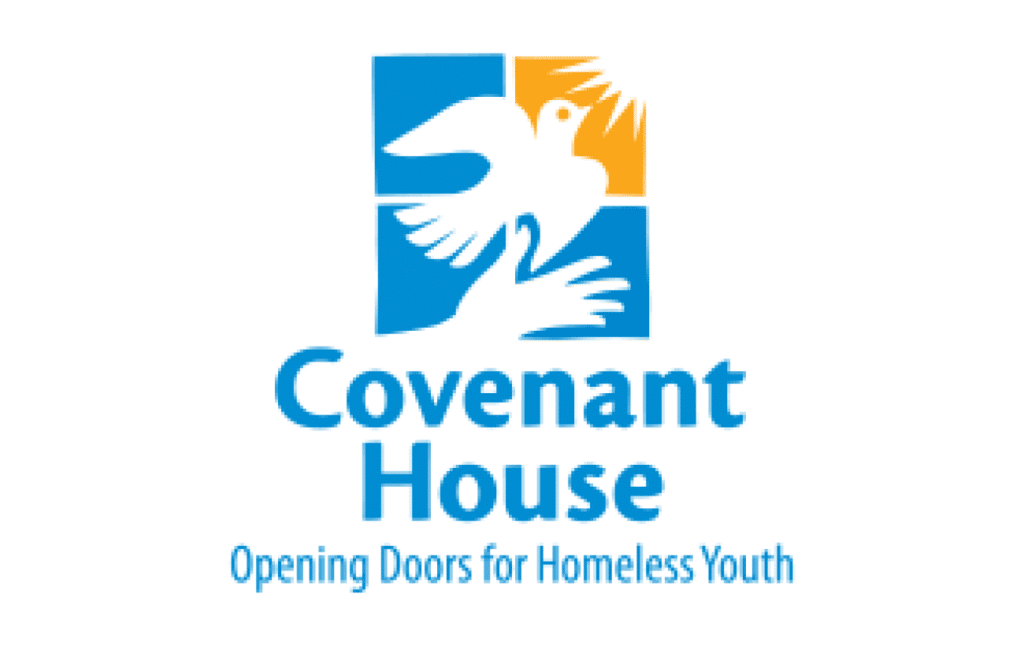Spend about three seconds in the Promotions tab of your Gmail inbox, and you’ll probably ask yourself, “What’s not on sale?” During a season when standing out isn’t as easy as offering deep discounts, your team can benefit from understanding your customers’ point of view on what makes the perfect holiday sale and how your website can support it.
While “revolutionary” might not be on the table, “relatable” and “resonant” certainly are. The key to pinpointing the sales structures that stick can be found through a process that marketers, engineers, and educators alike adopt to achieve success: design thinking.
What is Design Thinking?
While it’s a simple, and as many would see it, obvious approach to just about anything one would create, design thinking goes against our human nature to base our decisions on what we think, experience, and feel. Design thinking is a people-centric process that helps us solve problems by deepening our understanding of our customers.
Empathetic in spirit and endlessly iterative, design thinking challenges us to rethink our assumptions by:
- Connecting with customers and gaining their perspectives
- Building strategies to reflect those perspectives
- Testing our strategies to measure their performance
- Analyzing our results to refine our approach
- Starting the whole process over again
This last bullet is perhaps the most important one, as design thinking is more of a mindset or a culture than a framework for a single, one-time initiative. While a culture shift may seem like a difficult feat, repeating this process over a series of projects will encourage its adoption as a reliable method for solving problems.
Five Steps for Applying Design Thinking to Your Holiday Sales Structure
The best part of design thinking methodology is that it’s endlessly adaptable. While different industries may add their own tweaks to approaching it, design thinking is most often composed of the same customer-centric steps. To help you leverage it for your holiday sales, here are five steps that outline how to “design think” your way into an innovative sales structure that’s tailored to your customers’ needs and aspirations.
Step 1: Learn How Your Website & Promotions Make Your Customers Feel
- How does shopping on [COMPANY NAME]’s website make you feel?
- When you shop on our website, where do you look first?
- Which website promotions do you enjoy?
- Which promotions do you typically pass on? Why?
- How would you describe the perfect online holiday sale?
One-on-one feedback sessions take time and resources. Fortunately, you can pair this effort with an automated way to track customer behavior on your website. Heat-mapping tools like Hotjar provide marketers with critical insights that reveal how shoppers engage on your website. From page clicks to scroll stops, every move a visitor makes can be captured and translated into actionable analytics. While this is not a replacement for conversations with your customers, it can provide valuable data that influences design, copy, and website structure decisions as you seek to optimize your digital experience for holiday shoppers.
Step 2: Use This Data to Craft Sales & Let Customers Pick the Top Two
Step 3: A/B Test the Sales Most Preferred by Top Customers
Step 4: Determine Which Holiday Sales Structure Performs Best
Step 5: Return to Step One & Improve Your New Holiday Sale Model
As mentioned before, design thinking is a continuous process that influences the culture of your work, your team, and your company as a whole. Once your holiday sale is over, return to step one and continue to iterate upon the concepts that resonated so that future sales can help your business achieve the same growth.


